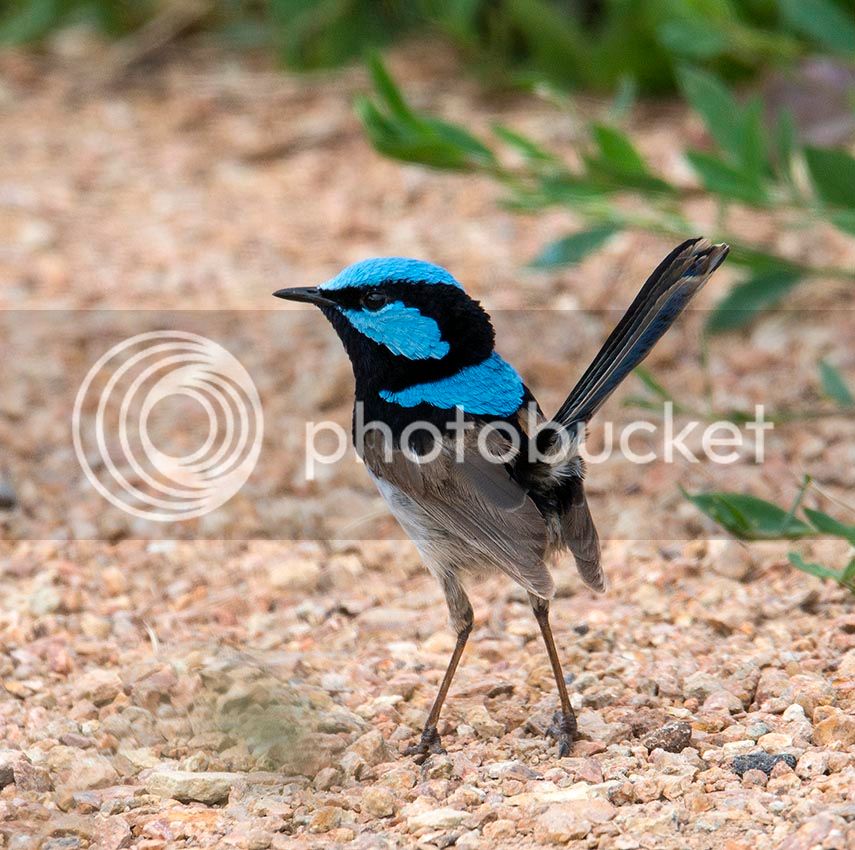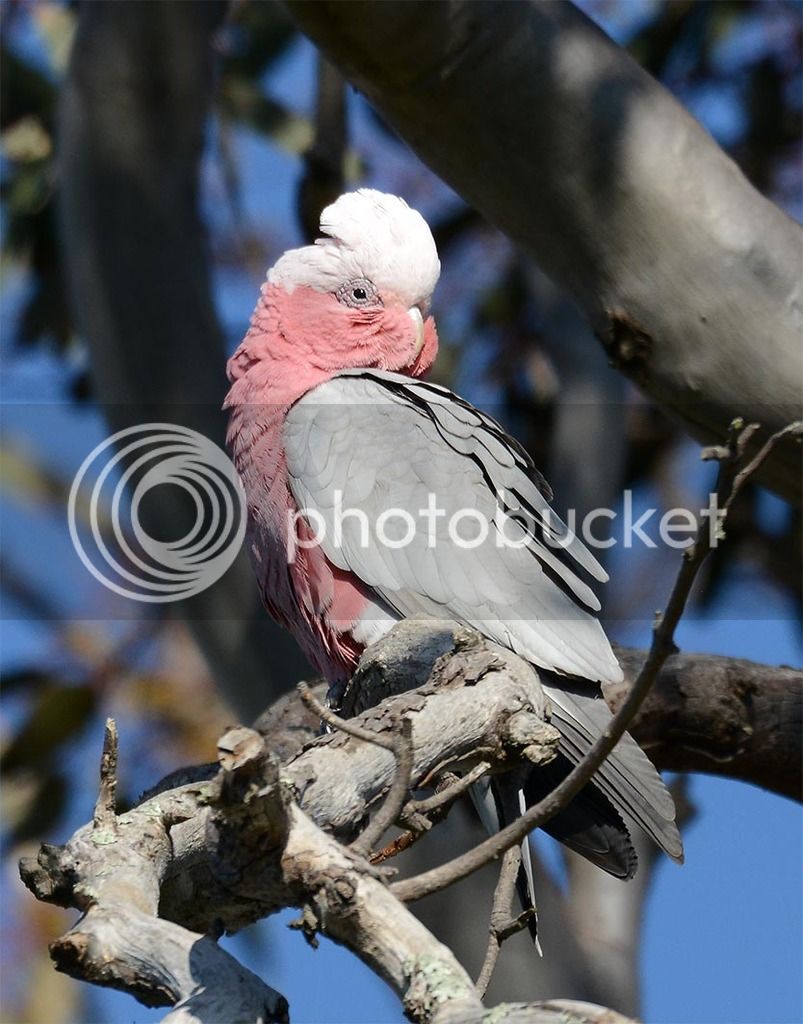emydura
Well-Known Member
While I have always enjoyed bird watching and photography, up till now I haven't combined both together. Good quality zoom lens were too expensive for amateur photographers like me while cheaper lens weren't of great quality. The new Sigma and Tamron 150-600 mm zooms are more affordable but still produce great images. The photos below are taken with my new Sigma 150-600 mm Sports lens. In most of the photos I have also used a Sigma TC-1401 1.4 x teleconvertor. So at full reach that makes it 840 mm. I am using the Nikon D800 camera which at 36 MP enables you to crop a bit.
All photos are of birds from the wild.
Red-Browed Firetail - I believe the grass stem is used for courtship display. They eat much smaller seeds.
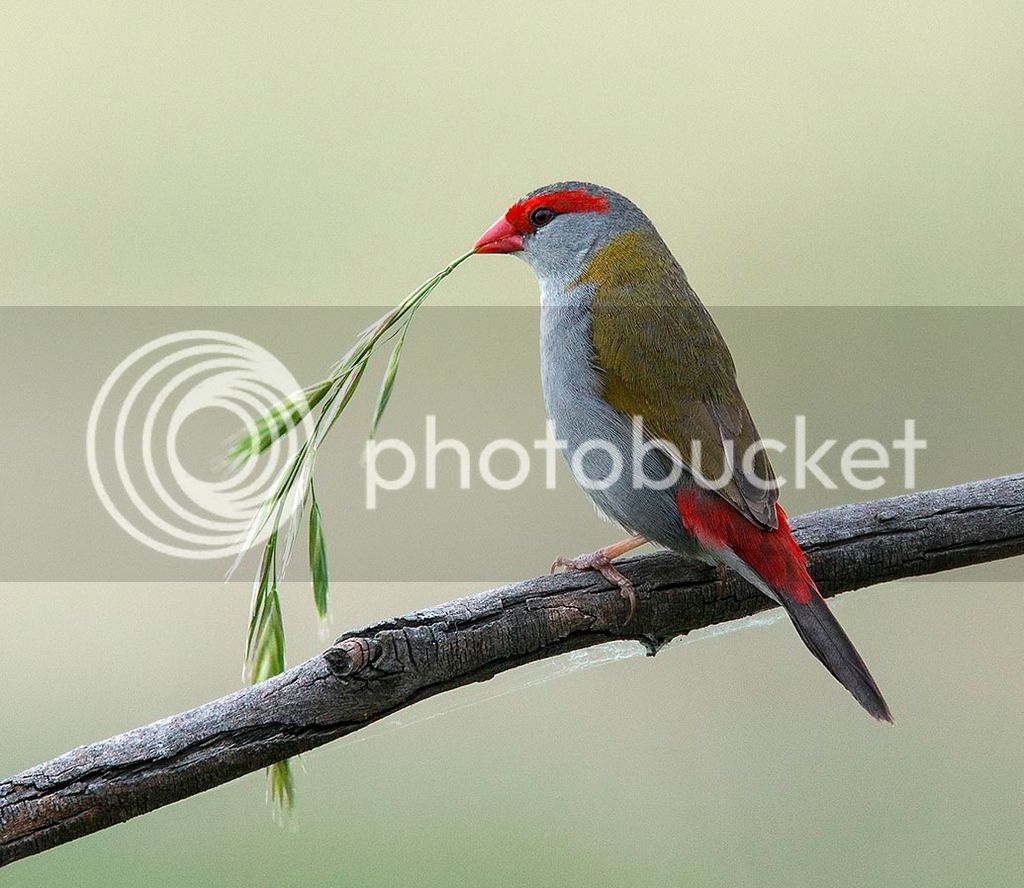
The first bird you hear in the morning is the Yellow Robin. They also like to perch on tree trunks like this.
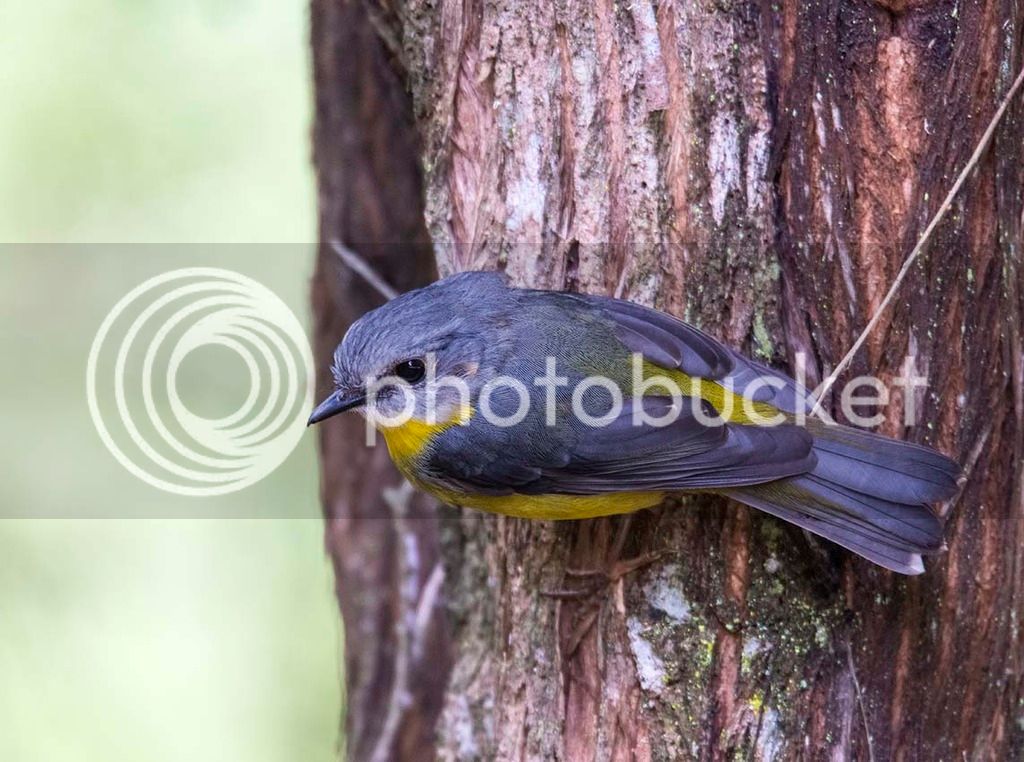
Tawny Crowned Honeyeater - honeyeaters eat more than just nectar. Here is a couple eating a praying mantis and a dragonfly.
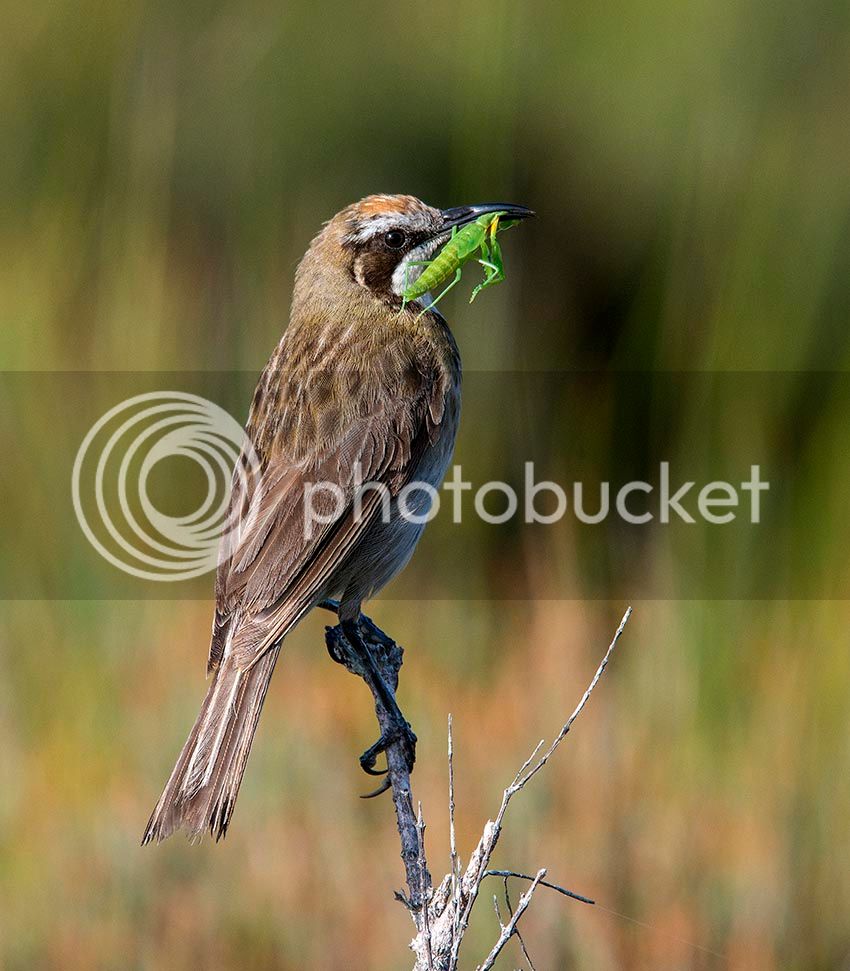
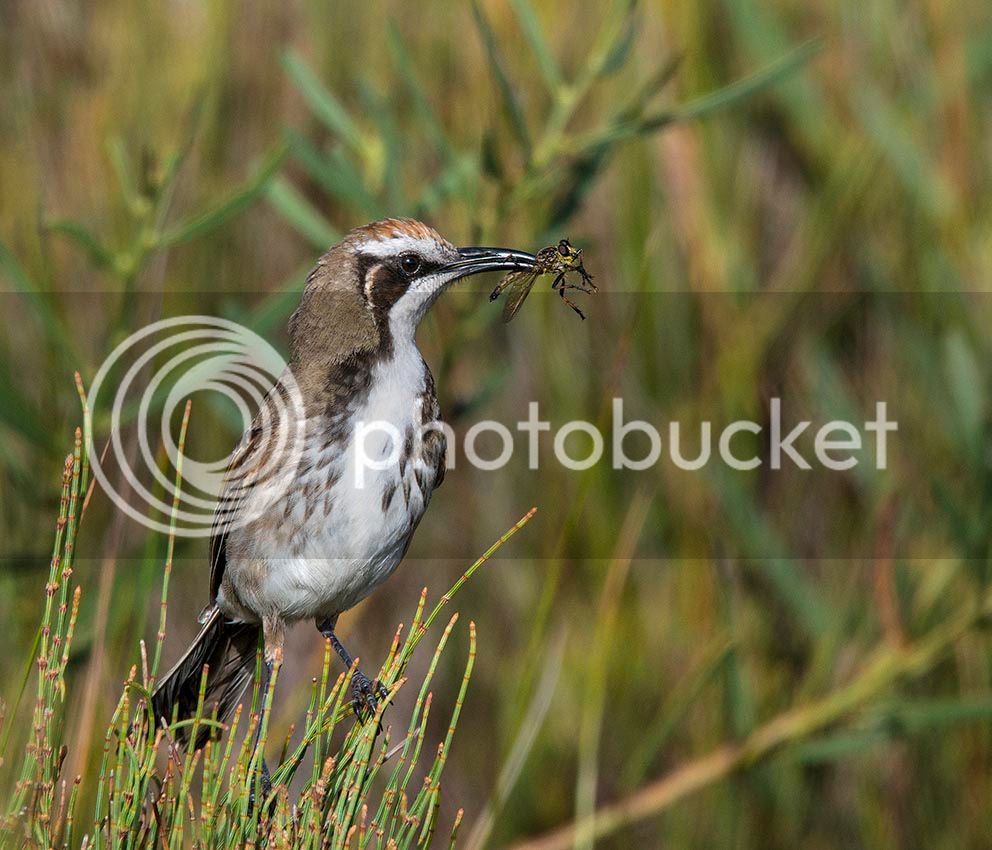
Noisy Miner - a very common active and aggressive bird.
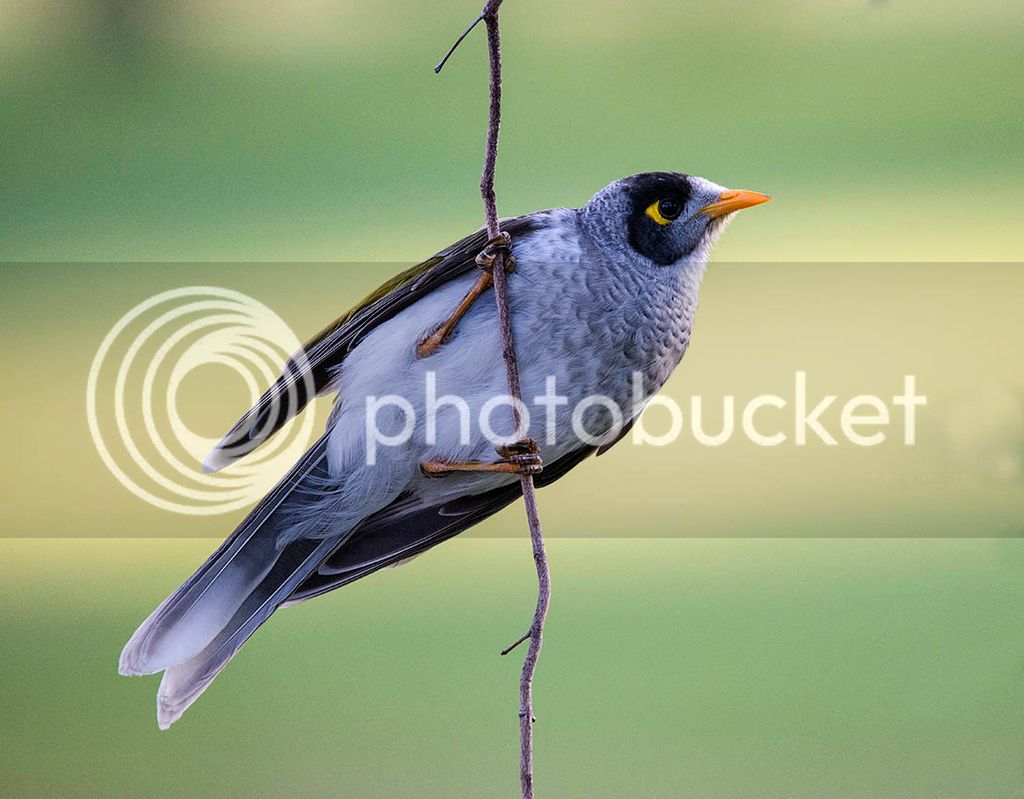
Eastern Rosella - just one of many beautiful parrots you can find where I live.

Cormorant
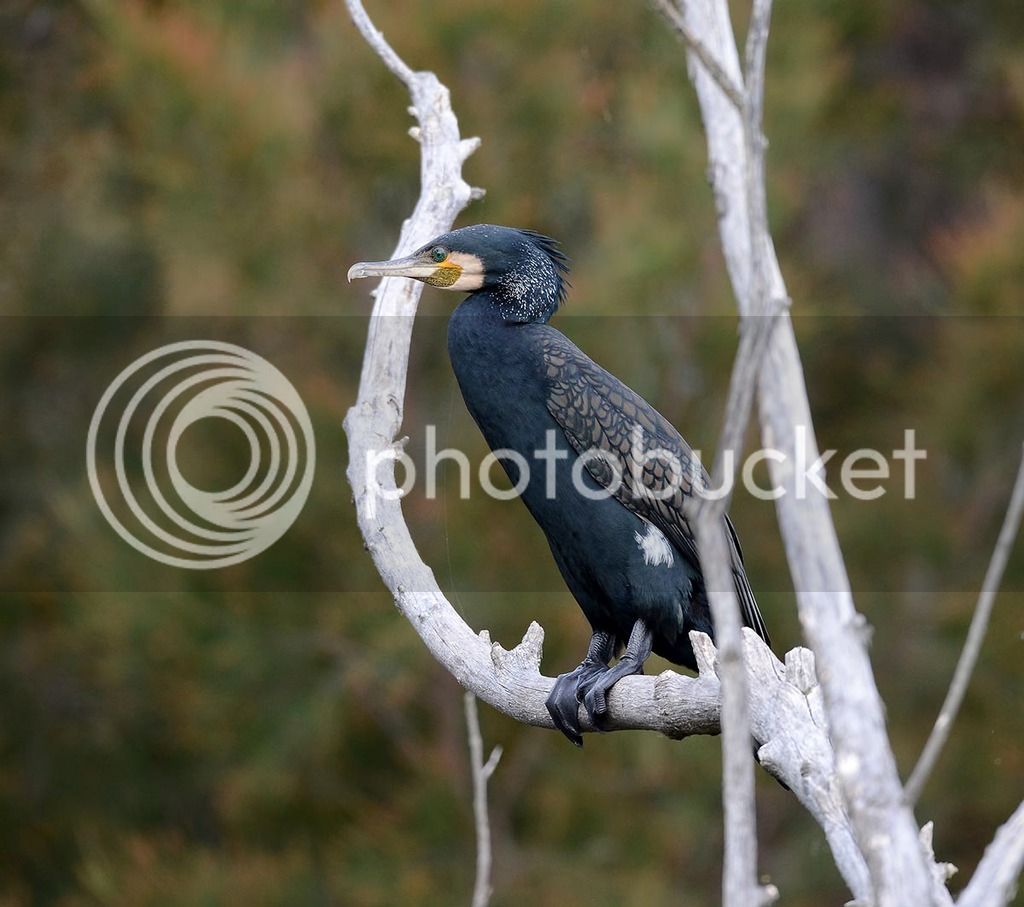
A male and female Blue Wren
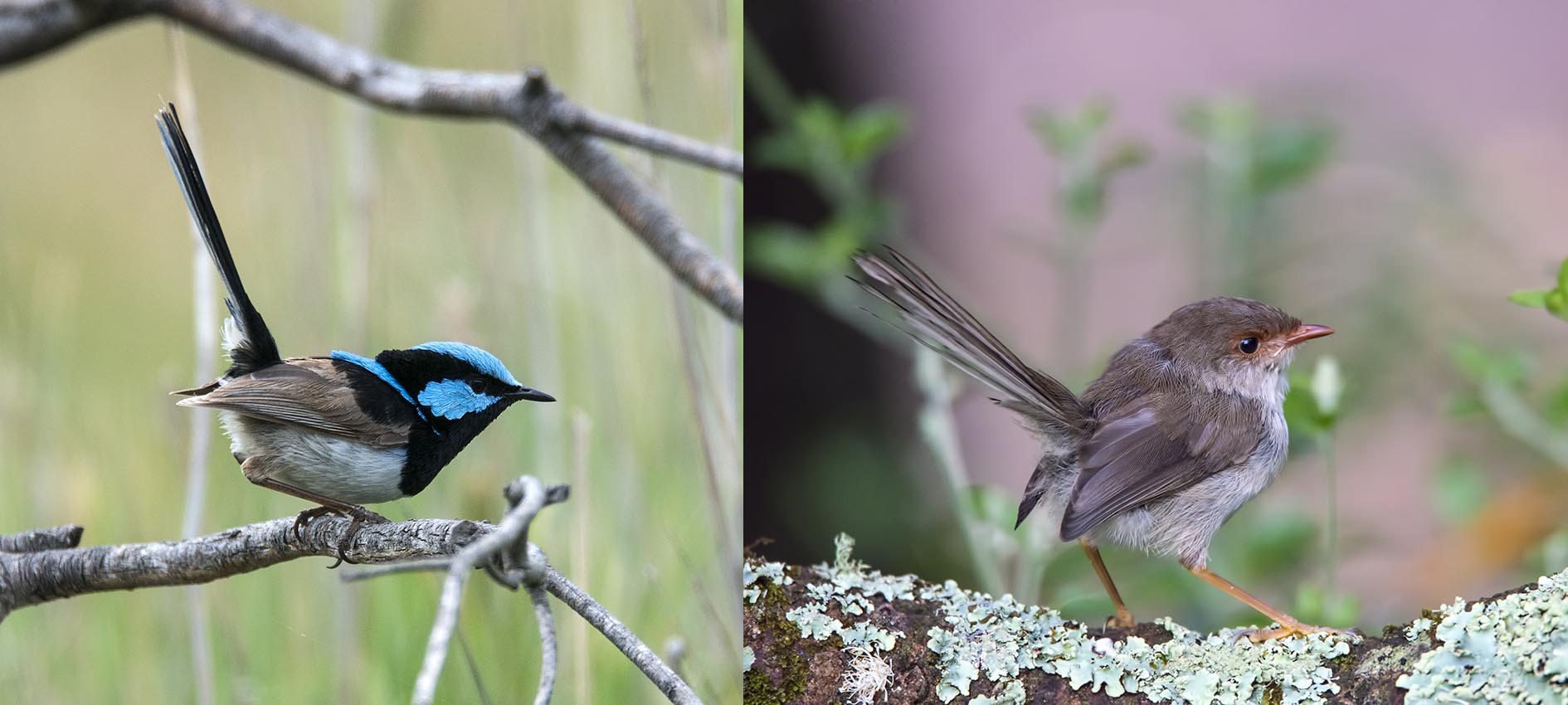
A couple of native pigeons.
Wonga Pigeon
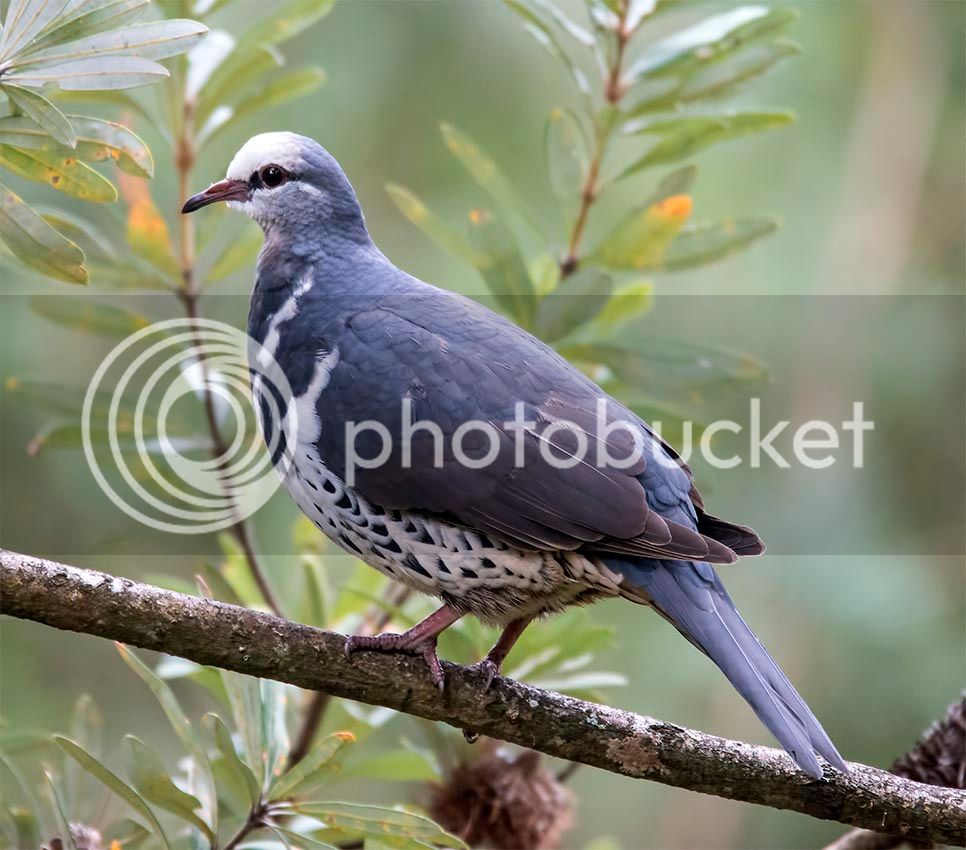
Common Bronzewing - this photo shows how it got its common name
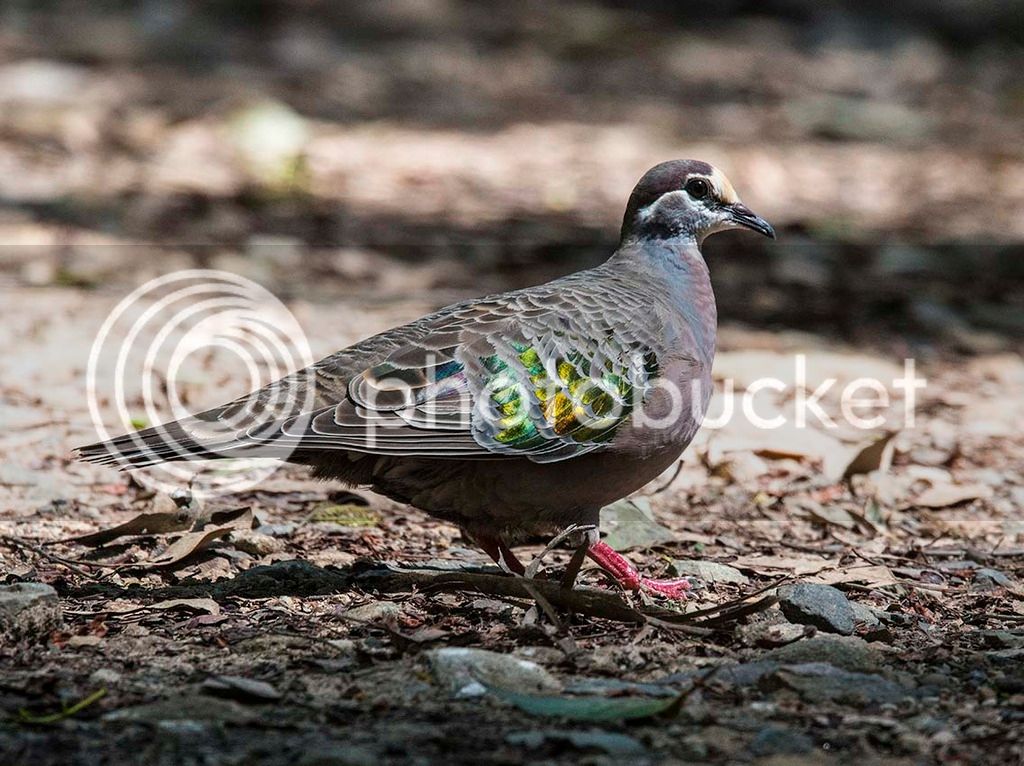
All photos are of birds from the wild.
Red-Browed Firetail - I believe the grass stem is used for courtship display. They eat much smaller seeds.

The first bird you hear in the morning is the Yellow Robin. They also like to perch on tree trunks like this.

Tawny Crowned Honeyeater - honeyeaters eat more than just nectar. Here is a couple eating a praying mantis and a dragonfly.


Noisy Miner - a very common active and aggressive bird.

Eastern Rosella - just one of many beautiful parrots you can find where I live.

Cormorant

A male and female Blue Wren

A couple of native pigeons.
Wonga Pigeon

Common Bronzewing - this photo shows how it got its common name





